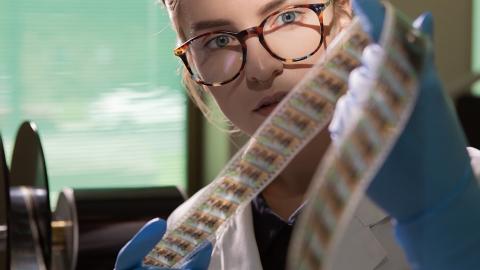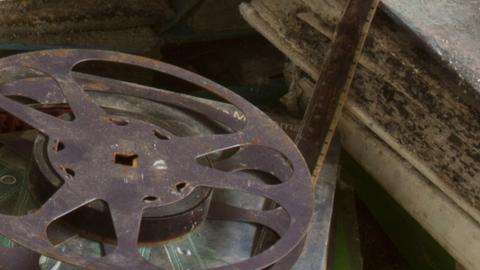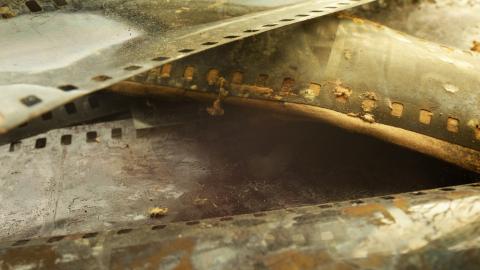
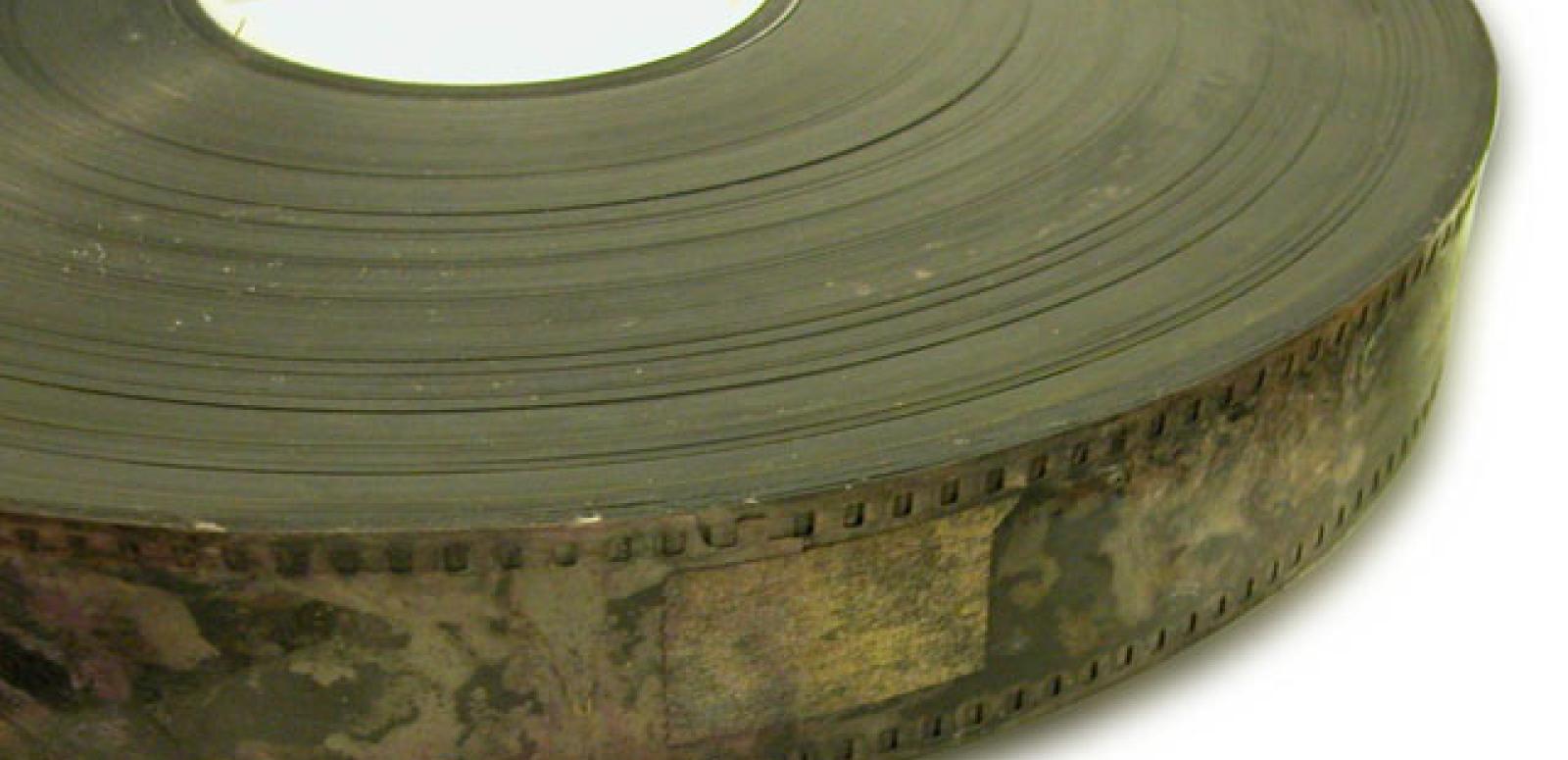
Disaster management

I recently attended a workshop on Collection Emergency Management in Large-Scale Disasters , run by Andrew Robb, Head of Special Format Conservation and Coordinator of the Preservation Emergency Response Team at the Library of Congress, USA.
With many large-scale disasters worldwide, this workshop brought together lessons learned and revisited disaster planning and preparedness.
Participants that had recently experienced real disaster recovery situations included a conservator from Queensland affected by the Bundaberg floods. Her comment was that disasters ‘have their own agenda’, and do not always follow the plan in your disaster management guidebook. How can you freeze collection items to prevent mould when there is no power and no way for trucks or other vehicles to get to the site?
After a flash flood in Hawaii on 30 October 2004, commercial freezers were ordered to store all of the salvaged collection items prior to long-term recovery. However no one had factored into the equation that due to Thanksgiving, all the freezers the institution were using had to be returned by the middle of November so that turkeys ordered could be stored in them.
Matthew O’Sullivan from the Airforce Museum in Christchurch, New Zealand, dealt with disaster recovery during the Christchurch earthquake in 2011, and shared some of the lessons he learned from that experience:
- Document the salvage and recovery process and take photos before, during and after – to identify how things look, who was working on the site, and what condition collection items were in.
- Work in pairs – to avoid being locked in an area and for safety’s sake.
- Clearly identify collection items – rows of shelves of tapes were displaced during the earthquake and hundreds of identical boxes ended up in a pile on the floor.
- Think carefully about what can be done in your disaster situation – do you have power, can vehicles get to your site?
- If you only have skeleton staff, assess the situation and wait for more staff to arrive before beginning the salvage.
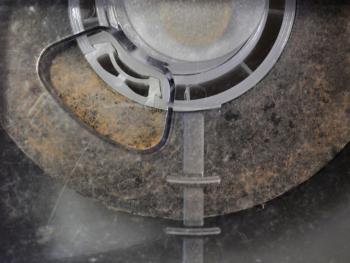
Every disaster is unique and has its own set of obstacles. You need to be as prepared as you possibly can for all scenarios when disaster strikes and do the best you can with what you have. In order to do so:
- Get to know your disaster response team, emergency services and supplies people so that you have already established relationships when disaster strikes.
- You will be in a much better position to save the collection if you can salvage it before mould sets in.
- Freeze everything – this will give you time. The better prepared your material, the more consistent your results.
- Salvage is short-term recovery. Long-term recovery can take years and will depend on funds, time and human resources. Recovery doesn’t end when your institution reopens.
The National Film and Sound Archive of Australia acknowledges Australia’s Aboriginal and Torres Strait Islander peoples as the Traditional Custodians of the land on which we work and live and gives respect to their Elders both past and present.
